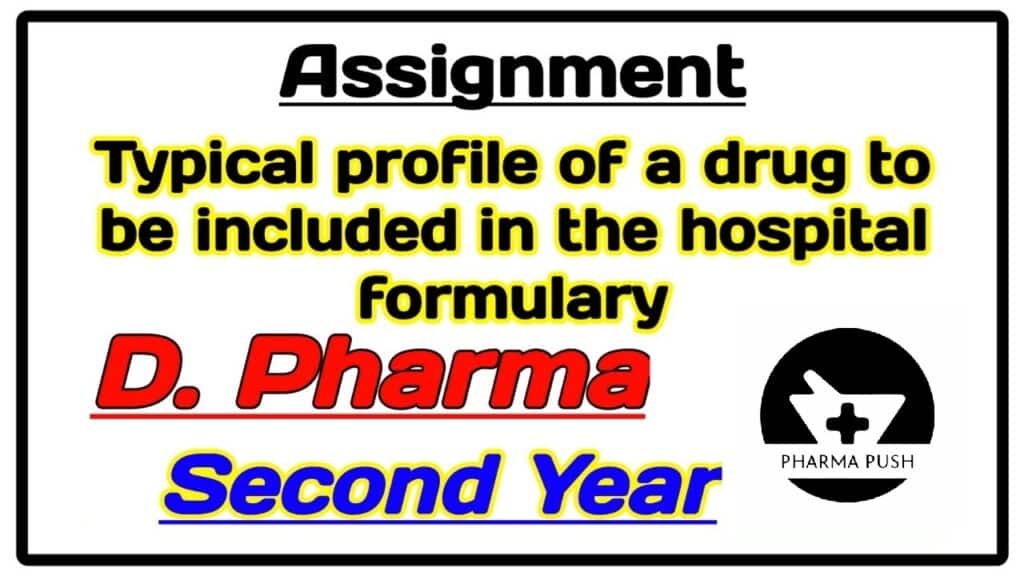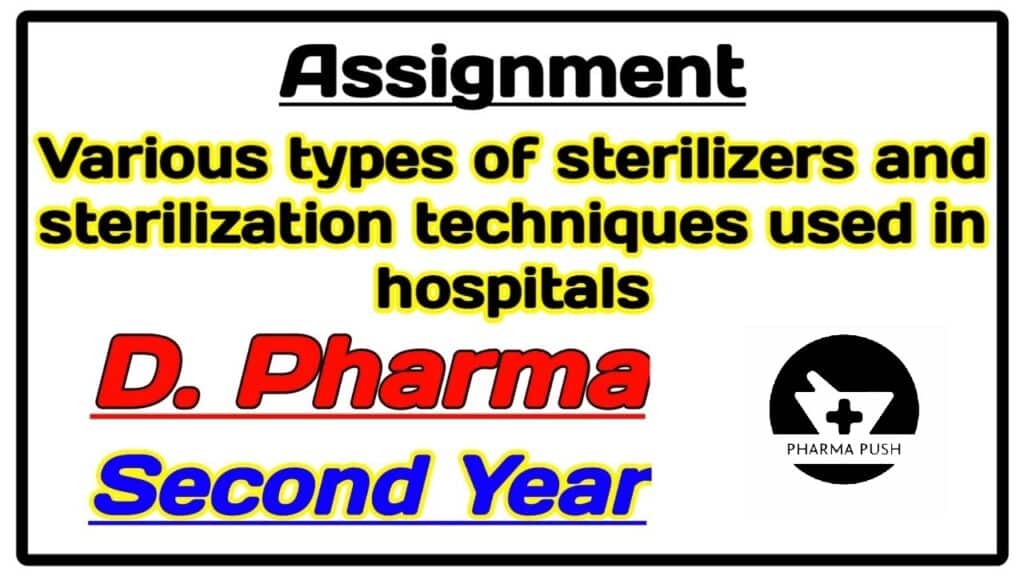Introduction
Hospitals play a critical role in the healthcare system, providing essential medical services to patients, both in emergencies and during routine care. The importance of maintaining a clean and safe environment in hospitals cannot be overstated, as it directly impacts patient outcomes, staff well-being, and the overall efficiency of healthcare operations. One key aspect of hospital maintenance is the control of pests and pathogens, which can pose significant health risks to patients and staff. Fumigation and pesticide control are vital components of the strategy to maintain a healthy and safe hospital environment. This article will comprehensively explore the importance, techniques, and safety considerations associated with fumigation and pesticide control in hospitals.
Importance of Fumigation and Pesticide Control in Hospitals
Hospitals are unique environments with specific challenges when it comes to pest and pathogen control. Several reasons underscore the importance of effective fumigation and pesticide control in hospitals:
- Patient Health and Safety: Hospitals are places where patients with weakened immune systems, open wounds, and compromised health conditions receive medical care. Pests and pathogens can transmit diseases, causing severe health complications or even fatalities among vulnerable patients. Effective control measures are vital to ensure patient safety.
- Infection Control: Hospitals are prone to infections due to the high concentration of patients, medical procedures, and the presence of antibiotic-resistant bacteria. Pest control is an essential part of infection control strategies since pests can act as vectors for disease transmission.
- Food Safety: Many hospitals have cafeterias or provide meals to patients. Pests, such as rodents and insects, can contaminate food and food storage areas, leading to foodborne illnesses among patients and staff.
- Regulatory Compliance: Health authorities and accreditation bodies set strict standards for hospital hygiene and sanitation. Failure to meet these standards can lead to penalties, loss of accreditation, and damage to the hospital’s reputation.
- Reputation and Trust: Hospitals must maintain a clean and safe image to instill trust in patients and their families. Reports of pest infestations or disease outbreaks can harm the reputation of a hospital.
Fumigation in Hospitals
Fumigation is a method of pest control that involves the use of gaseous pesticides to eliminate or control pests in a confined space. In hospitals, fumigation is typically employed to address severe infestations or as part of routine preventive measures. The choice of fumigants and the fumigation process must prioritize the safety of patients and staff.
- Types of Fumigants:
- Inorganic Fumigants: These fumigants are based on inorganic compounds and are typically used to control pests such as stored product insects and rodents. Common examples include phosphine and sulfuryl fluoride.
- Organic Fumigants: Organic fumigants are derived from organic compounds and are effective against a wide range of pests. Methyl bromide, ethylene oxide, and formaldehyde are examples of organic fumigants.
- Biological Fumigants: Some fumigation methods employ beneficial microorganisms or nematodes to control specific pests, although this is less common in hospital settings.
- Fumigation Process in Hospitals
- Assessment: Before fumigation, a thorough assessment of the hospital area is conducted to identify the type and extent of the infestation. This assessment helps in choosing the appropriate fumigant and developing a treatment plan.
- Preparation: Hospital staff, patients, and non-essential equipment are evacuated from the treatment area. Areas are sealed off to prevent the escape of fumigants into other parts of the hospital.
- Application: Fumigants are introduced into the treatment area, either as a gas or through a fumigation chamber. The concentration and exposure time are carefully controlled to ensure pest eradication.
- Aeration: After fumigation, the area is thoroughly ventilated to remove residual fumigants and make it safe for reoccupation. Monitoring equipment is used to ensure safe levels of residual fumigants.
- Post-Fumigation Inspection: A post-fumigation inspection is crucial to confirm the effectiveness of the treatment and to ensure that the area is safe for use.
- Safety Considerations
- Evacuation and Isolation: Hospitals must have well-defined protocols for evacuating and isolating patients and staff during fumigation to prevent exposure to toxic fumigants.
- Personal Protective Equipment (PPE): Fumigation workers must wear appropriate PPE to protect themselves from fumigant exposure. This includes respirators, gloves, and coveralls.
- Training and Certification: Fumigation personnel should be trained and certified to handle fumigants safely. This training should include handling emergencies and understanding the properties of specific fumigants.
- Documentation: Detailed records of fumigation activities, including the type of fumigant used, concentration, and exposure time, should be maintained for regulatory compliance and safety purposes.
- Environmental Impact: Hospitals should be aware of the environmental impact of fumigation and strive to use environmentally friendly fumigants when possible.
Pesticide Control in Hospitals
Pesticide control in hospitals involves the use of chemical, physical, and biological methods to manage pests. Unlike fumigation, which is used for severe infestations, ongoing pesticide control in hospitals focuses on prevention and maintenance.
- Integrated Pest Management (IPM)
- IPM is an approach that prioritizes prevention and minimizes the use of pesticides. It involves a combination of strategies, including sanitation, pest monitoring, and the use of non-chemical control methods.
- Sanitation: Proper sanitation practices in hospitals are essential to remove potential food sources and breeding grounds for pests. Regular cleaning and waste management are key components of IPM.
- Monitoring: Pest monitoring involves the use of traps and other detection methods to identify pest presence. This helps in early detection and targeted control efforts.
- Non-Chemical Control: Hospitals should prioritize non-chemical methods, such as exclusion (sealing entry points), mechanical traps, and biological control (using natural predators or parasites).
- Pesticides in Hospitals
- Selection: When pesticides are necessary, hospitals should choose the least toxic, lowest-risk products that are effective against the target pests. This minimizes the potential health risks to patients and staff.
- Application: Pesticides should be applied by trained professionals who follow strict safety protocols. The use of pesticides should be limited to specific areas and should not contaminate patient care areas or food preparation areas.
- Regulatory Compliance: Hospitals must adhere to local, state, and federal regulations governing the use of pesticides in healthcare facilities. Compliance ensures the safe use of these chemicals.
- Staff Training: Hospital staff responsible for pesticide control should receive training in the safe handling and application of pesticides. This training should cover the proper use of PPE and emergency response procedures.
- Biological Control in Hospitals
- Some hospitals have successfully implemented biological control methods, such as introducing beneficial insects or using biological control agents, to manage specific pests. This approach is often more environmentally friendly and poses lower health risks.
- Examples of biological control in hospitals include the use of parasitic wasps to control stored product pests in food storage areas.
You May Like: Typical profile of a drug to be included in the hospital formulary
You May Like: Various types of sterilizers and sterilization techniques used in hospitals
Safety and Environmental Considerations
Safety and environmental considerations are paramount in fumigation and pesticide control in hospitals.
- Health and Safety
- Patient and Staff Safety: The safety of patients and staff must be the top priority. Evacuation and isolation protocols, PPE, and strict adherence to safety procedures are crucial.
- Occupational Exposure: Healthcare workers who handle pesticides or perform fumigations should be protected from occupational exposure. Regular health monitoring is important for those at risk of exposure.
- Indoor Air Quality: Hospitals must ensure that indoor air quality remains at safe levels during and after fumigation or pesticide application.
- Emergency Response: Hospitals should have well-defined emergency response plans in case of accidental exposure or fumigation-related incidents.
- Environmental Considerations
- Eco-Friendly Practices: Hospitals should prioritize the use of environmentally friendly fumigants and pesticides whenever possible. This aligns with broader sustainability goals.
- Pesticide Residues: Proper disposal and waste management of pesticide containers and residues are crucial to prevent environmental contamination.
- Monitoring and Reporting: Hospitals should regularly monitor and report pesticide usage and its impact on the environment to regulatory agencies.
- Minimizing Disruption: Hospitals should strive to minimize disruptions to patient care and operations while conducting pest control activities.
Challenges and Best Practices
Fumigation and pesticide control in hospitals come with various challenges. However, adhering to best practices can help overcome these challenges and maintain a safe and pest-free environment.
- Communication: Effective communication is essential to inform patients, staff, and visitors about upcoming pest control activities. Clear signage and information on safety measures are important.
- Education and Training: Hospital staff, including nurses, doctors, and maintenance personnel, should be educated about the importance of pest control, how it is conducted, and how to respond in the event of exposure.
- Regulatory Compliance: Hospitals must stay up to date with local, state, and federal regulations related to pest control. Compliance ensures that pest control activities meet safety and environmental standards.
- Regular Inspections: Routine inspections can identify pest infestations before they become severe, allowing for early intervention and minimizing the need for fumigation.
- Integrated Pest Management: Emphasizing IPM as the primary pest control approach reduces the reliance on chemical pesticides and minimizes risks to health and the environment.
- Record Keeping: Detailed records of all pest control activities, including fumigations and pesticide applications, should be maintained for documentation and regulatory compliance.
- Emergency Response: Hospitals should have well-defined emergency response plans in place, with training for staff on how to respond to incidents related to fumigation or pesticide exposure.
Conclusion
Fumigation and pesticide control in hospitals are critical components of maintaining a safe and healthy environment for patients and staff. These methods are essential for preventing the transmission of diseases, ensuring food safety, and complying with regulatory standards. While the use of fumigants and pesticides in hospitals must be approached with caution, proper safety measures, environmental considerations, and a focus on integrated pest management can help hospitals effectively control pests while safeguarding the well-being of all those within their walls.
Maintaining a pest-free hospital environment is not only a regulatory requirement but also a moral obligation to provide the best possible care to patients and maintain the trust of the community.


